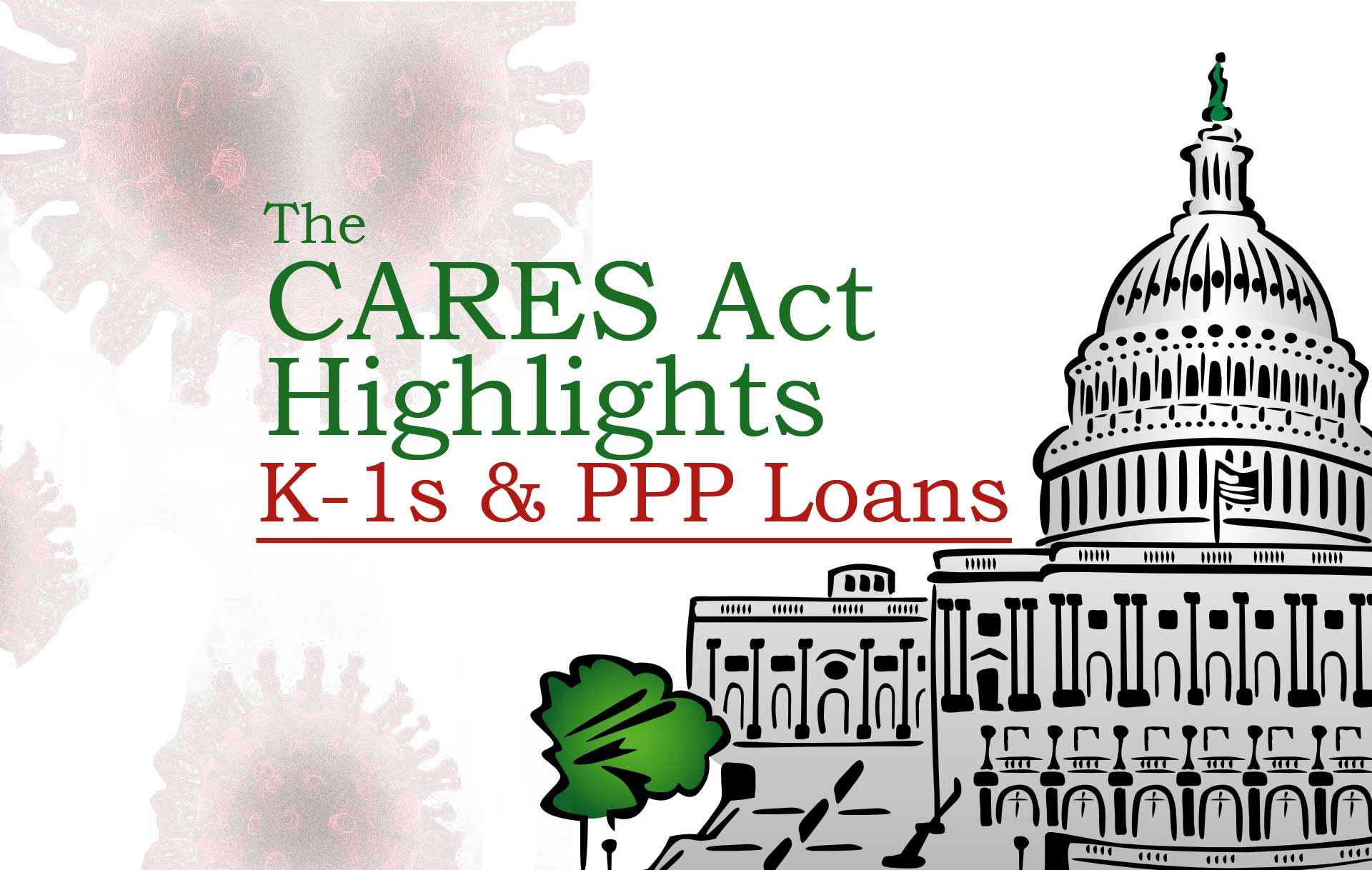How to obtain a PPP Loan if you receive a K-1
First, I hope everyone is hanging in there and those that missed the opportunity to receive PPP loan funds the first time around are rushing to their lenders before the second round of funding runs out. After my first couple of blog posts: The Coronavirus Aid, Relief, and Economic Security Act (the CARES Act) and The Paycheck Protection Program CARES About Sole Proprietorships and the Self-Employed, the most common question I have received is “What if I receive a K-1?”. It’s a great question and given the original wording of the PPP loan program, a lot of partnerships and multi-member LLCs thought they may have been left out and lenders seemed hesitant to approve the loans. With its recent Interim Final Rule (which I anticipate will be just the beginning of a slew of “final rules” from the SBA) the SBA addressed the partnership/multi-member LLC question:
“Partnerships are eligible for PPP loans under the Act, and the Administrator has determined, in consultation with the Secretary of the Treasury (Secretary), that limiting a partnership and its partners (and an LLC filing taxes as a partnership) to one PPP loan is necessary to help ensure that as many eligible borrowers as possible obtain PPP loans before the statutory deadline of June 30, 2020. This limitation will allow lenders to more quickly process applications and lower the burdens of applying for partnerships/partners. The Administrator has further determined that permitting partners to apply as self-employed individuals would create unnecessary confusion regarding which entity, the partner or the partnership, applies for partner and LLC member income, and would generate loan proceeds use coordination and allocation issues. Rent, mortgage interest, utilities, and other debt service are generally incurred at the partnership level, not partner level, so it is most natural to provide the funds for these expenses to the partnership, not individual partners.”
So, what does this mean for partnerships? Partners in partnerships and members in multi-member LLCs taxed as partnerships may not apply for PPP Loans individually; instead, the partnership or multi-member LLC instead must apply as an entity for a single PPP Loan and include the self-employment income of such partners or members as payroll costs up to a maximum of $100,000 annually per individual. If you are still having issues with your lender, my advice would be to refer them to the Interim Final Rule or find a lender that is willing to assist you. As always, please reach out to me, at nally@bcclegal.com with any questions and stay safe!
